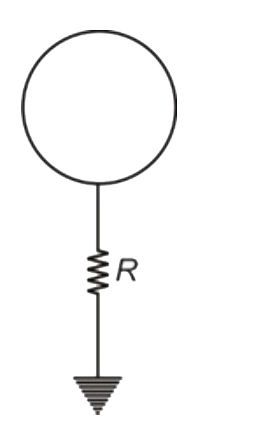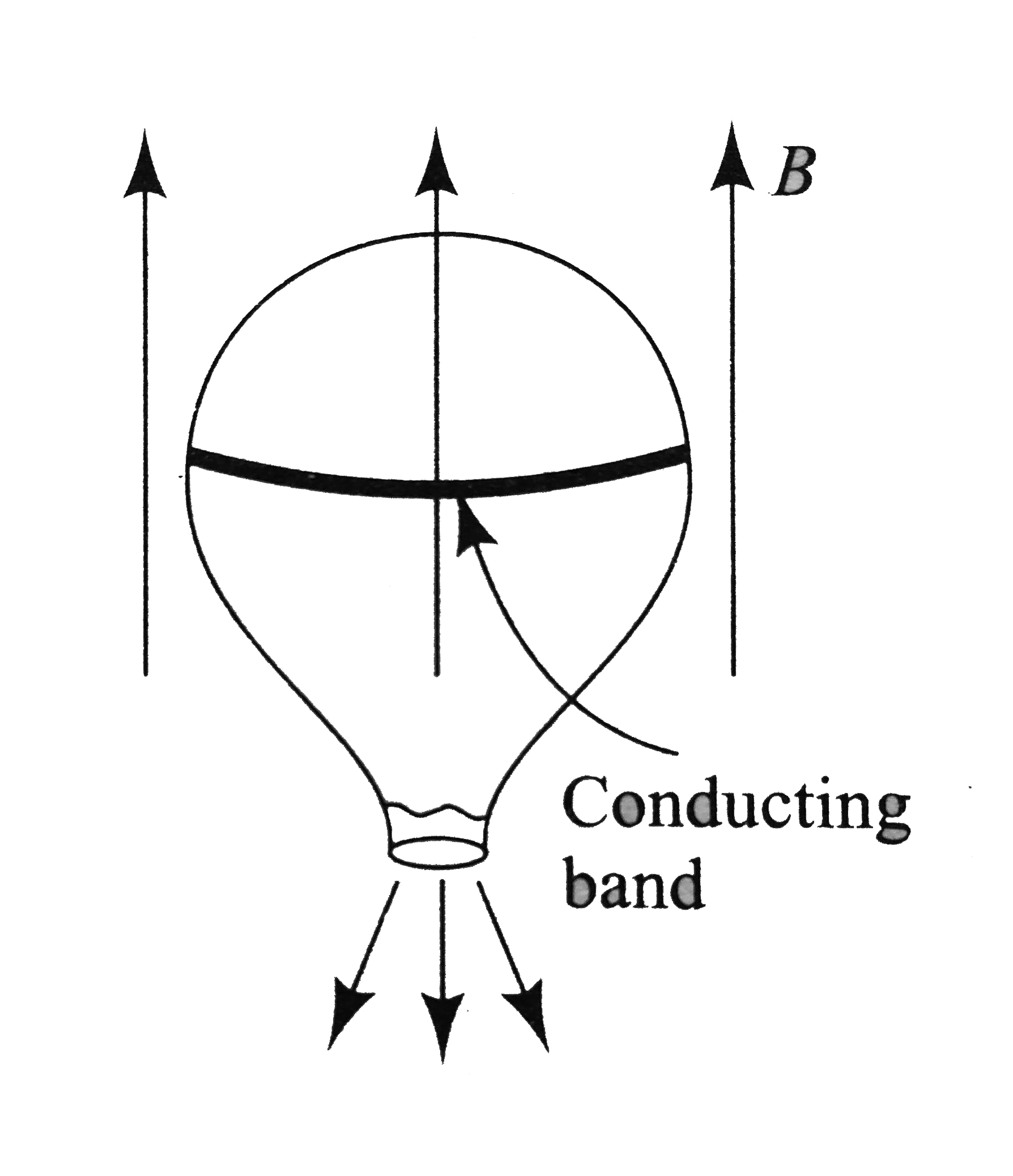A toy balloon originally held 1.0 gm of He gas and had a radius 10 cm. During the night , 0.25 gm of the gas effused from the balloon. Assuming ideal gas behaviour , under these constant P andT conditions, what was the radius of the balloon the next morning.
The correct Answer is:9.08 cm
Step by step video, text & image solution for A toy balloon originally held 1.0 gm of He gas and had a radius 10 cm. During the night , 0.25 gm of the gas effused from the balloon. Assuming ideal gas behaviour , under these constant P andT conditions, what was the radius of the balloon the next morning. by Chemistry experts to help you in doubts & scoring excellent marks in Class 12 exams.
Topper's Solved these Questions
- BOOK - MOTIONCHAPTER - GASEOUS STATE EXERCISE - EXERCISE-4( LEVEL-I)15videos
GASEOUS STATE
- BOOK - MOTIONCHAPTER - GASEOUS STATE EXERCISE - EXERCISE-4( LEVEL-II)19videos
GASEOUS STATE
- BOOK - MOTIONCHAPTER - GASEOUS STATE EXERCISE - EXERCISE-2(LEVEL-II)35videos
GASEOUS STATE
- BOOK - MOTIONCHAPTER - ELECTROCHEMISTRYEXERCISE - EXERCISE-4,II44videos
ELECTROCHEMISTRY
- BOOK - MOTIONCHAPTER - GOCEXERCISE - Exercise - 4 Level - II14videos
GOC
Similar Questions
A diver at a depth of 45 m exhales a bubble of air that is 1 cm in radius, Assuming ideal gas behaviour, what will be the radius of this bubble as it breaks at the surface of the water?
View SolutionCalculate the work done when 1.0 mol of water at 373K vaporises against an atmosheric pressure of 1.0atm. Assume ideal gas behaviour.
View Solution
Knowledge Check
- Question 1 - Select One
The diameter of a balloon filled by 8 moles of He gas is 10 cm. If 7 moles of He gas effuses out in the night, then what would be the diameter of balloon in the next morning? Assume constant pressure and temperature for the gas.
A5 cmB(78)1/3×5cmC(87)1/3×5cmD20 cm - Question 2 - Select One
A conducting bolloon of the radius a is charged to potential V0 and held at a large height above the earth ensures that charge distribution on the surface of the balloon remains unaffected by the presence of the earth. It is connected to the earth through a resistance R and a value in the balloon is opened . The gas inside the balloon escapes from value and the size of the balloon decreases. The rate of decrease in radius of the balloon is controlled in such a manner that potential of the balloon remains constant. Assume the electric permittivity of the surrounding air equals to that of free space (ε0) and charge cannot leak to the surrounding air.

The rate at which radius r of the balloon changes with time is best represented by the equationAdrdt=14πε0RBdrdt=−14πε0RCdrdt=14πε0aRDdrdt=−r4πε0aR - Question 3 - Select One
A certain balloon maintains an internal gas pressure of P0=100kPa until the volume reaches V0=20m3. Beyond a volume of 20m3, the internal pressure varies as P=P0+2k(V−V0)2 where P is in kPa. V is n m3 and k is a constant (k=1kPa/m3). Initially the balloon contains helium gas at 20∘C, 100kPa with a 15m3 volume. The balloon is then heated until the volume becomes 25m2 and the pressure is 159 kPa. Assume ideal gas behaviour for helium. The work done by the balloon for the entire process in kJ is
A1256B1414C1083D1512
A spherical balloon is filled with 4500p cubic meters of helium gas. If a leak in the balloon causes the gas to escape at the rate of 72π cubic meters per minute, then the rate (in meters per minute) at which the radius of the balloon decreases 49 minutes after the leakage began is (1) 97 (2) 79 (3) 29 (4) 92
View SolutionCalculate the work done when done when 1.0 mol of water at 373K vaporises against an atmosheric pressure of 1.0atm. Assume ideal gas behaviour.
View SolutionA commercial gas cylinder contains 75 litres of helium at 15 bar (gauge pressure). Assuming ideal gas behaviour for the isothermal expansion, how many 3-litre balloons at a pressure of 1.1 bar can be filled by the gas in this cylinder?
View SolutionA gas filled freely collapsible balloon is pushed from the surface level of a lake to a depth of 50 m. Approximately what per cent of its original volume will the balloon finally have, assuming that the gas behaves ideally and temperature is same at the surface and at 50 m depth ?
View SolutionAn elasticized conducting band is around a spherical ballon . Its plane through the center of the balloon. A uniform nmagnetic field of magnitude 0.04T is directed perpendicular to the plane of the band. Air is let out of the balloon at 100cm3s−1 at an instant when the radius of the balloon is 10cm. The induced emf in the band is
 View Solution
View Solution

